Discover the 9 Best Tools for Modern Web Design in 2025
Modern web design evolves regularly so using appropriate tools allows you to maintain excellence while being creative in your work. Being a professional designer or beginner designer the best tools ensure your ability to create modern user-friendly websites. The guide examines the leading nine web design tools of 2025 that enhance results and reduce workflow duration. All web designers need design tools combined with productivity plugins which will advance their expertise.
Adobe Dreamweaver
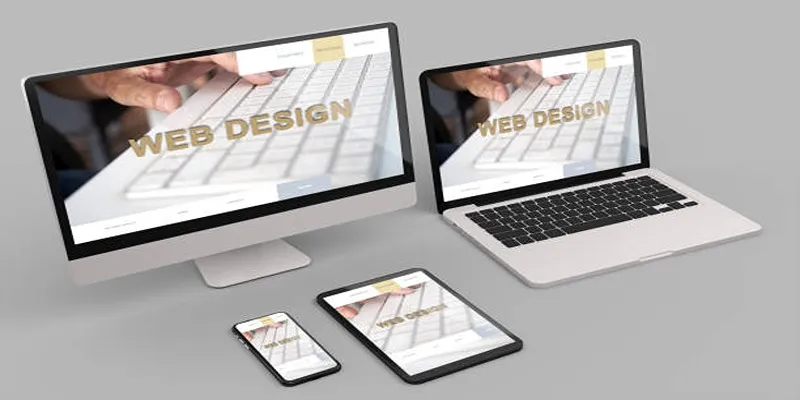
Adobe Dreamweaver remains a staple in web design due to its robust features and flexibility. It offers a combination of visual design capabilities and code editing, making it suitable for designers and developers alike. With features like real-time preview and support for multiple programming languages, Dreamweaver ensures that creating responsive and modern websites is seamless.
The system allows for collaborative work through Adobe Creative Cloud where developers access multiple design tools like Photoshop and Illustrator which improves their web development process.
2. Balsamiq
Balsamiq is a go-to tool for creating wireframes and mockups quickly and efficiently. Designed to mimic the experience of sketching on a whiteboard, it allows designers to focus on structure and functionality without getting bogged down by aesthetic details. This is especially useful during the early stages of a project when brainstorming ideas and testing layouts.
The simplicity of its drag-and-drop interface makes it accessible for beginners, while its robust functionality appeals to professionals. Balsamiq encourages collaboration, offering real-time co-design and feedback features that help teams refine concepts before moving into more detailed design phases.
3. Sketch
Sketch is a powerful vector graphics editor widely used for UI and UX design. Its intuitive interface and specialized features make it an essential tool for web designers focusing on creating pixel-perfect designs. Sketch shines when it comes to creating interactive prototypes and responsive layouts, ensuring designs look great on all devices.
One of Sketch's standout features is its extensive plugin ecosystem, which allows users to customize the tool to fit their specific workflow. Additionally, its collaborative capabilities have improved with features like cloud-based sharing and real-time feedback, making teamwork simple and efficient. Sketch's focus on precision and usability makes it a favorite among professionals in the modern web design landscape.
4. Figma
Figma has rapidly gained popularity as a web-based interface design and prototyping tool. Its standout feature is real-time collaboration, enabling multiple team members to work on a project simultaneously, even from different locations. This cloud-based functionality eliminates the need for file transfers and ensures everyone is always working on the latest version.
Figma also provides a range of robust design and prototyping tools that make it easy to create interactive, high-fidelity prototypes. With features like design libraries, plugins, and integration with third-party applications, Figma helps streamline workflows for teams of all sizes. Its browser-based nature means there’s no need for installations, and it works seamlessly across different operating systems.
5. Canva
Canva is a user-friendly graphic design tool that empowers web designers to create visually stunning designs without the need for extensive design knowledge. Its drag-and-drop interface and pre-made templates make it easy for beginners to get started, while its advanced features cater to professionals looking to add custom elements to their designs.
It also offers seamless collaboration with team members through sharing and commenting features, making it an excellent choice for teams working remotely. With access to over 60 million photos, graphics, fonts, and other design elements, Canva gives designers endless inspiration and possibilities for creating modern web designs.
6. Atom
Atom is a popular open-source code editor that offers a customizable and efficient workflow for web designers. Its live preview feature allows developers to see changes to their code in real-time, making it easier to test and refine designs. It also supports various programming languages and has a robust plugin ecosystem that enables users to tailor the tool according to their needs.
Another notable feature of Atom is its multi-pane workspace, allowing for seamless navigation between different files without losing context. This helps streamline coding tasks and improves overall productivity, making it a valuable tool for modern web design in 2025.
7. WordPress
WordPress continues to dominate as one of the most widely used content management systems (CMS) globally, with over 40% of all websites using it. Its user-friendly interface and extensive library of themes and plugins make it a go-to choice for designers and developers looking to create modern, customizable websites.
The platform also offers advanced features like responsive design, SEO optimization, and e-commerce capabilities, allowing designers to create fully functional websites without extensive coding knowledge. With regular updates and a thriving community of users, WordPress remains a top tool for web design in 2025.
8. Google Web Designer
Google Web Designer is an advanced web design tool that enables designers to create interactive HTML5-based designs and animations efficiently. It offers various templates, assets, and built-in components that simplify the creation of engaging banners, ads, and other web content.
The tool also allows for easy integration with Google Ads and Google Analytics, making it a valuable asset for online advertising campaigns. Its intuitive interface and real-time preview features help designers streamline their workflow and create dynamic, modern designs in no time.
InVision Studio

InVision Studio is a powerful design platform that combines vector-based design tools with animation capabilities to create high-fidelity prototypes and interactive designs. Its collaborative features make it easy to gather feedback from team members, stakeholders, and clients during the design process, streamlining revisions and approvals.
The platform also offers advanced prototyping options like micro-interactions and transitions, allowing designers to bring their designs to life seamlessly. With its integration with other design tools and third-party applications, InVision Studio provides a comprehensive solution for modern web design in 2025.
Conclusion
As technology continues to advance, so does the landscape of web design. These nine tools have proven to be essential for modern web designers, offering a range of features and capabilities that cater to different needs and workflows. Whether you are a beginner or an experienced professional, utilizing these tools can help you create visually stunning and functional designs that will stand out in the fast-paced world of web design. As we move into 2025, it is crucial for designers to stay updated with the latest technologies and tools to continue delivering high-quality designs for their clients.
Related Articles

Top 2024 YouTube to MP3 Converter Sites That Are Safe, Free, and Legal
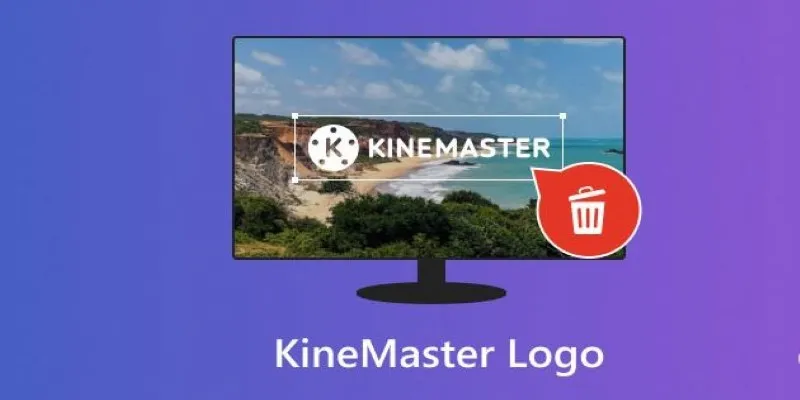
KineMaster Without Limits: Removing the Logo the Right Way
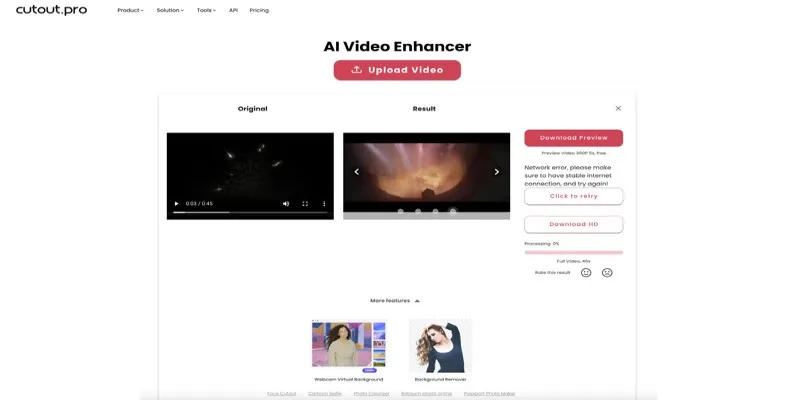
Is Cutout.Pro Enhancer Worth It? Best Alternative to Consider
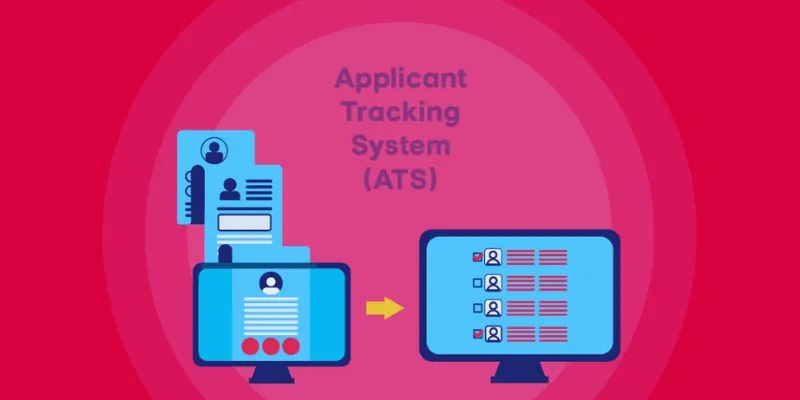
The 9 Best Applicant Tracking Systems to Streamline Your Hiring Process

Mute Any Video on Desktop in Seconds: The Ultimate Guide
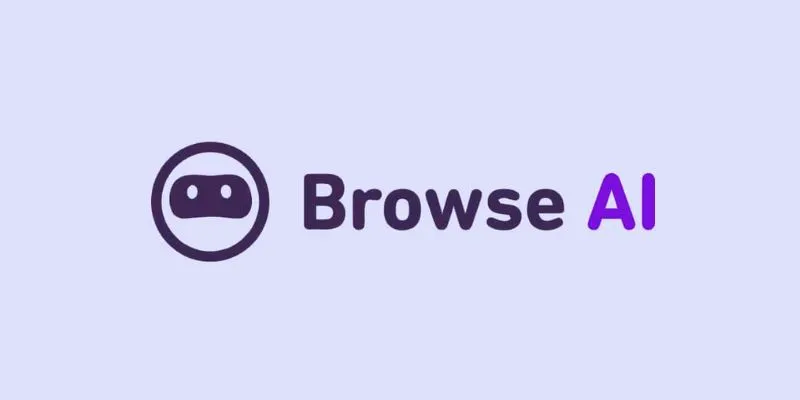
How to Use Browse AI to Scrape Data from Any Website: A Step-by-Step Guide
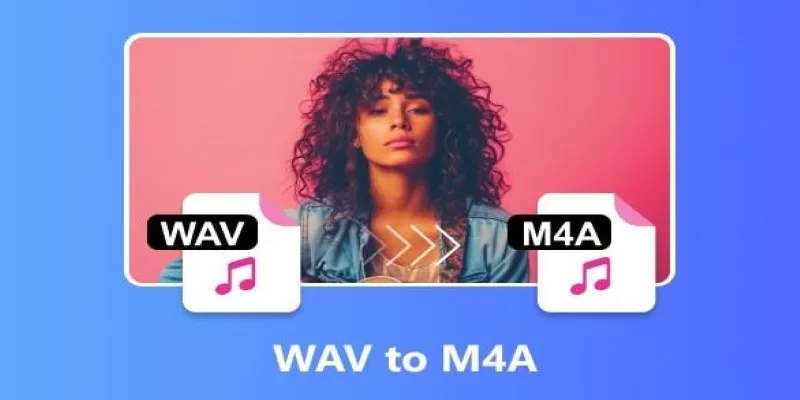
WAV to M4A: 5 Quick and Simple Conversion Methods

Convert AVI to MP4: Best 5 Tools for Fast and High-Quality Results
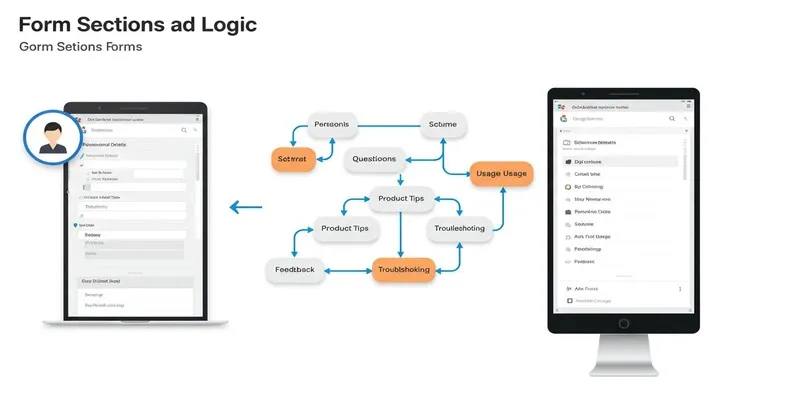
A Comprehensive Guide to Create Form Sections and Logic in Google Forms
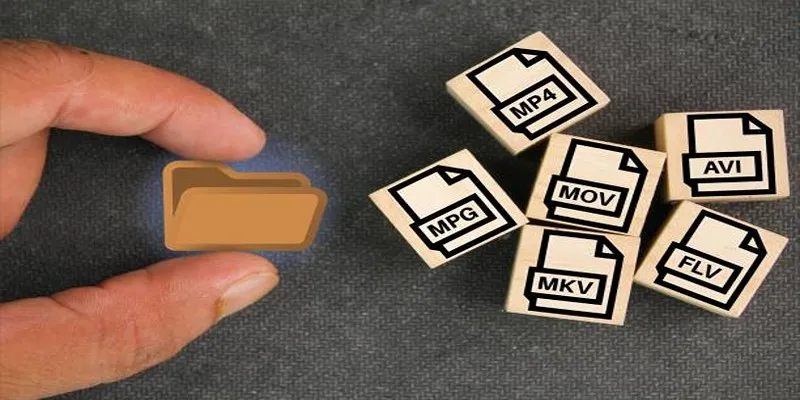
Comparing the 5 Best MP4 to MOV Converters for 2025

Workflow management
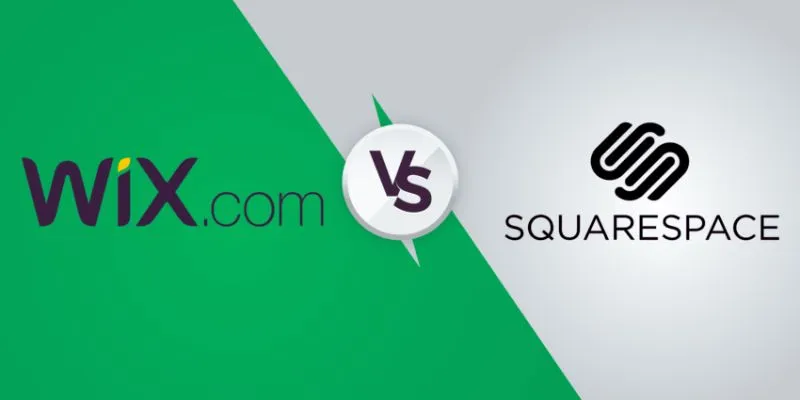
 bobobk
bobobk